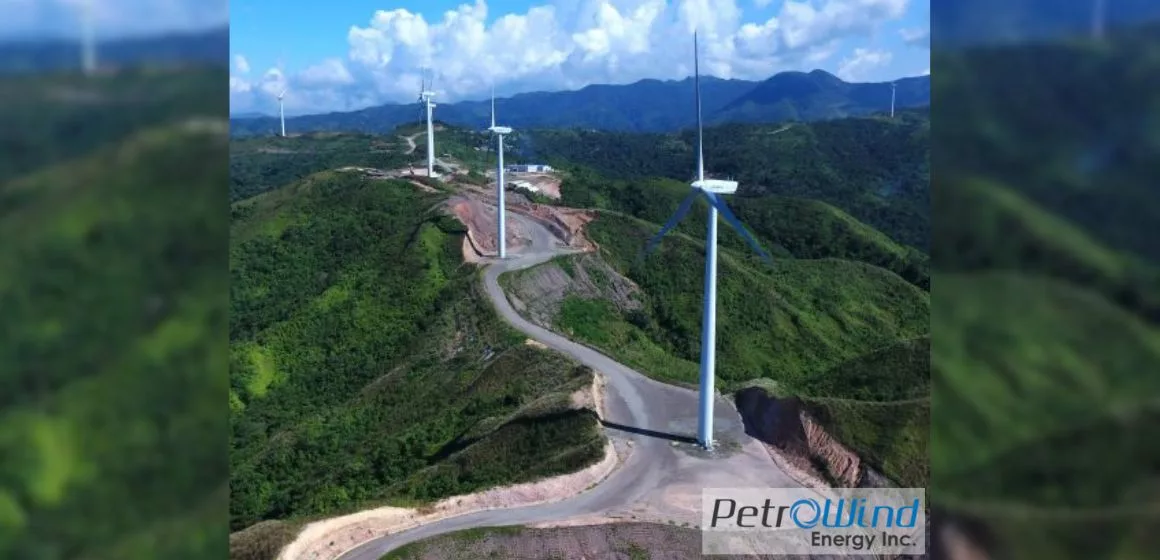In the spirit of journalistic integrity and commitment to balanced reporting, here is Petrowind Energy Inc.’s (PWEI) response to our recent article about the Nabas Wind Power Project.
- First, our wind power project is developed in two-phases. Phase 1 or Nabas-1, with 18 wind turbines and completed in 2015, is located in Nabas and Malay Aklan outside the Northwest Panay Peninsula Park. Only our Phase 2 or Nabas-2, which has only 6 turbines, is located inside the natural park.
- The location of our Nabas-2 project was approved by the natural park authorities because it is only located only on the northern edge of the park and occupies a small footprint (only 5 hectares or 0.004% out of the 12,000 hectares of the natural park). Thus, posing NO threat to wildlife. Also, our wind turbines are designed and equipped with sensors that prevent birds and bats collision.
- There is no hard evidence to prove that the project endangers biodiversity. As mentioned, the project site is only located at the northern edge and not on the center of the natural park where there is rich biodiversity. The development of renewable energy projects inside a natural park is allowed and governed by Philippines’ E-NIPAS Law. Wind farms inside a natural park exist all over the world and co-exist well with natural ecosystems.
- There was no social injustice. We went through a rigorous 5-year permitting process to secure permits and endorsements from national government, host LGUs, and host communities. And we were able to secure ALL permits and endorsements. The Nabaoy river is included in our EIA and this instrument was assessed and approved by the DENR, who is the authority over environmental impact assessment.
- It is not true and unfair to say that there is lack of community involvement. We have conducted extensive information and education campaign and meetings with our host communities prior to project development. We have also implemented corporate social responsibility projects on health, education, and livelihood in partnership with our host communities.
- DENR various inspections show that PWEI is compliant with all the conditions of the Environmental Compliance Certificate (ECC), SAPA, and FLAg. PWEI’s annual monitoring water sampling also shows that the total suspended solids (TSS) in nearby creeks and rivers are within the limits set by the DENR. We have also installed gabions (4 lines of defenses) on key locations to prevent siltation. A very recent inspection of the DENR last Oct. 18 shows that siltation is controlled at the 2nd of line of defense. This is only one protection mechanism that is included in our extensive Ridge-to-River Program and bioengineering measures that are in place and to which we have invested Php 154 Million to date, to ensure that the environment is protected. We are assuring our stakeholders that we can very well manage our impact and we will not allow, if we may quote from your article, “rippling effect” to nearby areas.
- We firmly believe that stopping the project is not the solution. In fact, stopping it will deny the province, municipalities, national government, and host communities of Php 448 Million in fiscal benefits and the various social contributions of the project. We have already offered win-win solutions to address the concerns of our stakeholders and as we have repeatedly expressed, we are willing to work together with the LGUs to, as you say, “strike a balance” to promoting renewable energy and protecting the environment.
Petrowind Energy Inc.
Boracay Informer recognizes that it is crucial to provide a platform for diverse perspectives. Sharing Petrowind Energy Inc.’s response to concerns surrounding the Nabas Wind Power Project provides PWEI the venue to express the company’s stance on environmental impact, community engagement, and adherence to regulations.







Leave a Reply